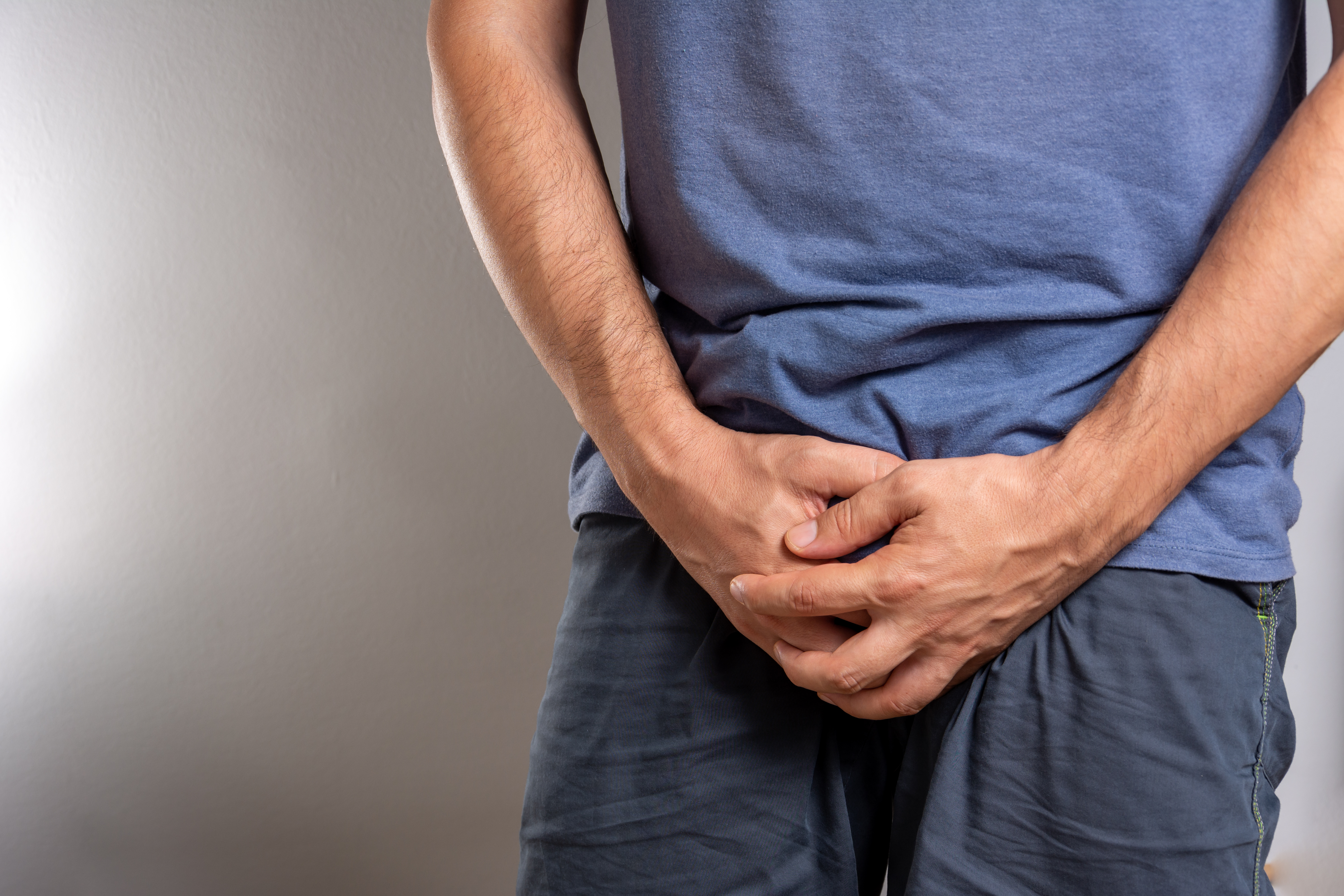Urinary catheters

If you have prostate surgery you will go home with a catheter for a time. Occasionally you may need a catheter after other treatments for prostate cancer.
A urinary catheter is a flexible tube that can be used to drain urine from your bladder when you cannot pass urine normally.
The urine you make will pass through the catheter into a drainage bag. The catheter drainage bag will be worn inside your trousers and will be secured around your lower leg. It is important that the urine can drain easily from your bladder and into the drainage bag.
How long will I have a catheter?
Your surgeon will tell you how long you will need to keep your catheter in place. This can vary from 1 to 3 weeks. Before you go home, your nurse will show you how to look after the catheter.
Caring for your catheter
- Try to drink plenty of fluids every day (between 1.5 and 2 litres is usually best) to help reduce the risk of getting an infection.
- Avoid drinks with alcohol or caffeine in them. They may irritate your bladder.
- Wash your hands before and after handling the catheter.
- Wash the catheter entry tip in a one-way direction away from your body.
- Speak with your nurse if you notice any leaking around the outside of the catheter or if you notice that the catheter is not draining correctly.
Bladder spasms
This often feels like a strong urge to pass urine, despite the tube being there. Sometimes urine leaks around the outside of the tube when this happens too. It may happen when your bowels move. This is normal, but talk to your doctor or nurse if this happens to you a lot. Your doctor can prescribe medication if this becomes a problem for you.
Having the catheter removed
You will go to hospital or to your GP to have your urinary tube (catheter) removed a few weeks after surgery. It only takes a few seconds.
When the catheter is removed many people have some leaking of urine (urinary incontinence). This is normal and usually improves with time.
Your nurse will give you an incontinence pad to wear, along with a small supply to take home. Try to make sure you have pads at home before the urinary tube (catheter) is removed. You can get them from your pharmacist or an online supplier
It is important to keep doing pelvic floor exercises once your catheter has been removed to try and reduce urine leakage. Read more about pelvic floor exercises.
For more information
Phone
1800 200 700



